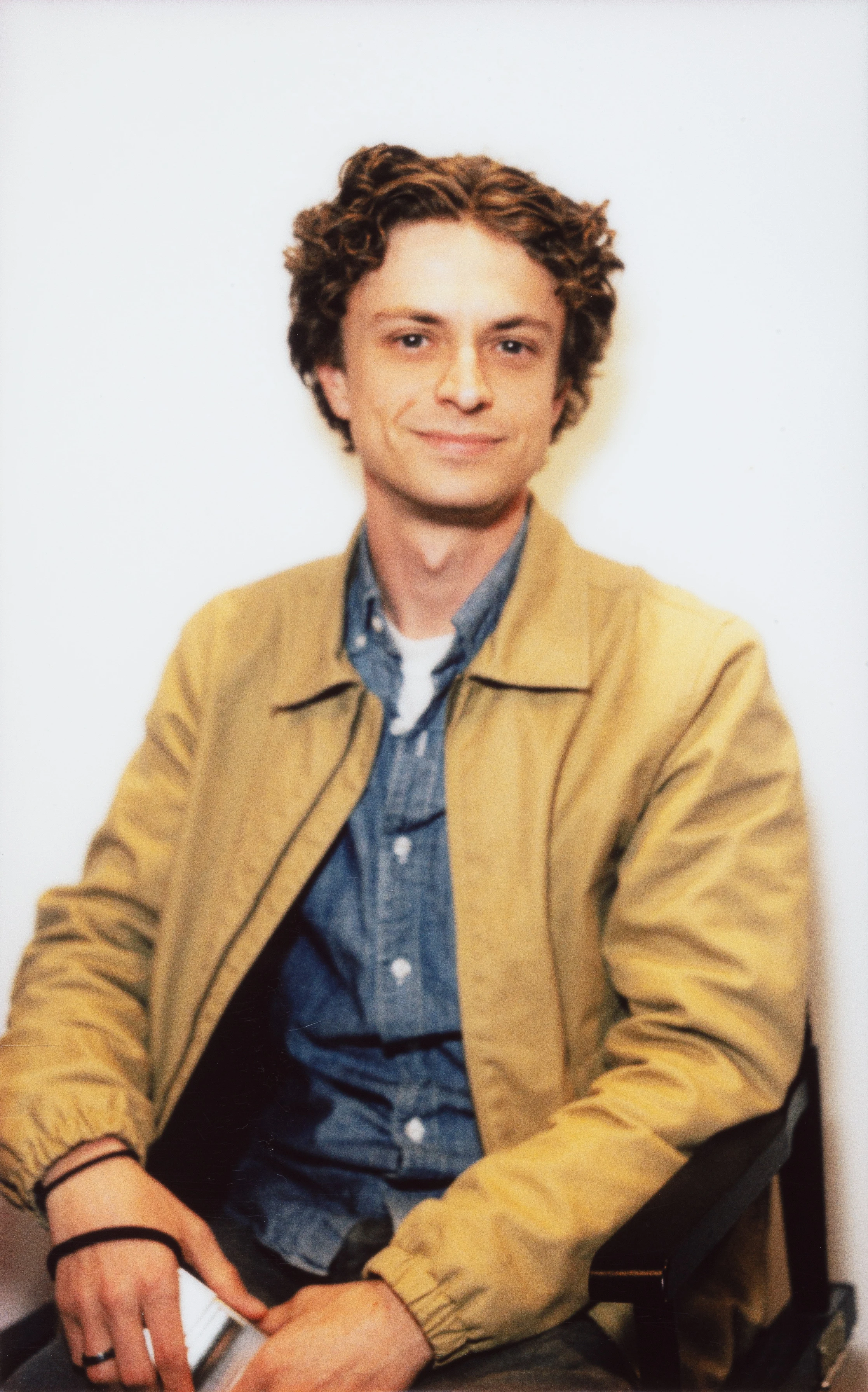Hi! I’m Evan.
I’m a [musician, photographer, engineer] based in San Francisco.
I’m currently the violist in the Cable Car Quartet, a team member at Photo Laundry, and systems integration tech lead at SPAN. In the fall of 2023 I was a cohort leader for the Stanford Ethics, Technology + Public Policy for Practitioners course.
I am interested in how technology functions as a structuring force – an environment – in the subjective experience of individuals and in society at large. I leverage my first-hand experience as an engineer at Apple and other tech companies to ground my s in an understanding of how technology works, and how it gets built in industry.

Apple Special Projects - 2016-2019
I worked on cutting edge sensor hardware for autonomous systems at Apple. My team was responsible for integrating sensor modules (like cameras) into the broader system. This work required us to interface with over a dozen teams spread throughout the organization, from mechanical design to AI.
My role was highly technical: I designed circuit boards and techniques for measuring properties of sensor systems with extremely high precision; I also traveled to factory settings to commission (set up and hand off) sensor test stations that I helped design.
My role also had a tremendous interpersonal component: I needed to know how to get the right people in the room to make a cross-functional decision, and how to balance situations where different stakeholders had conflicting requirements.
As a result, I gained deep knowledge of both the technical system we were building, and the structure and function of the organization.
Perceptive Sensing - 2019-2021
I left Apple in 2019 to pursue a faster-paced environment where I could learn more and take on more responsibility.
Perceptive Sensing was building novel sensor hardware for autonomous vehicles. I joined as a founding software engineer, employee number six.
At Perceptive, I designed the system architecture for the sensor drivers (all the software that ran on the computer we plugged our sensors into). I also built most of the tools myself, ranging from high-bandwidth network data parsing to rich real-time visualizations of millions of Lidar points per second.
I draw on my experience as an educator to lead book clubs, reading groups, and seminars exploring the embedding of ethics in technology.

I recieved my BSECE from Olin College in 2016.
Befitting an undergraduate institution with a mission to reshape engineering education – and given the lack of graduate students – Olin offered many opportunities for students to substantively educate each other in various formal and informal ways.
Olin.js
I joined a student teaching team to give the second offering of Olin.js, a semester long for-credit course on full stack web development (in node.js). We created all the course materials and ran everything – we gave lectures, graded assignments, held office hours, etc.
Our ~25 students (fellow Olin College students) started the semester with some programming experience, but little to no web experience. By the end of the semester, they were working in teams building real web apps using frameworks like Angular, Ember, and React (all popular in 2015).
Practical Electrical Engineering
During my senior year, I wanted to transfer some of the electrical engineering knowledge and practices I had gained from my time as a course assistant and in industry.
I led a small course attended by first- and second-year students covering best practices for solderless breadboards, lab equipment use (oscilloscopes and signal generators), op-amp circuits, and transistor basics.
Some of the course materials are still hosted here.
Course Assistant
Throughout my time at Olin College I served as a “NINJA” (Need Information Now? Just Ask! – Olin’s term for course assistants) for introductory electrical engineering courses:
- Modeling and Control - circuits
- Real World Measurements - circuits for sensors
- Introduction to Sensors, Instrumentation, and Measurement
and more advanced courses:
- Principles of Engineering – mechatronic systems design and integration
- Controls – dynamic feedback control theory
As a NINJA I graded assignments, held office hours (which were generally well attended at Olin), and gave the occasional lecture. When class time was devoted to open work time, I was often available to answer questions. At Olin, NINJAs work closely with professors and are often involved in high level course design discussions, not just day-to-day teaching.
Olin Media Studies Reading Group - 2021
- The Shallows
- Amusing Ourselves to Death
- The Medium is the Massage
- What Can a Body Do?: How We Meet the Built World
Olin Learning Lab: Ethics in Technology - 2022
Olin Learning Lab: Ethics for Engineering Practice - 2022
The Medium is the Massage Book Club @ The Commons - 2022
The Medium is the Massage Book Club @ Baukunst - 2024
If you are still reading this, I would love to connect! If you’d like to learn more, you can check out my reading list, a living document. You can also contact me here.
